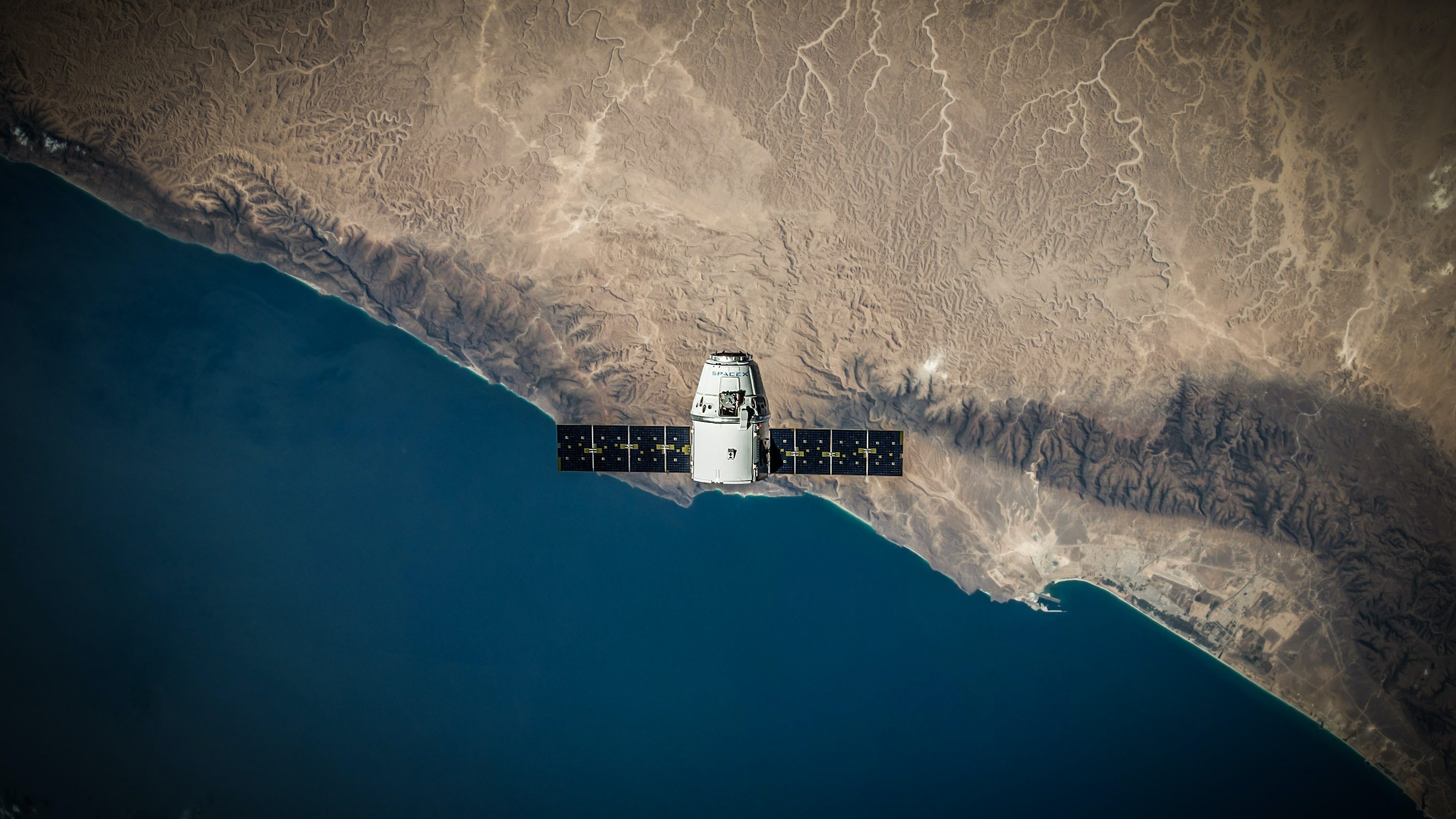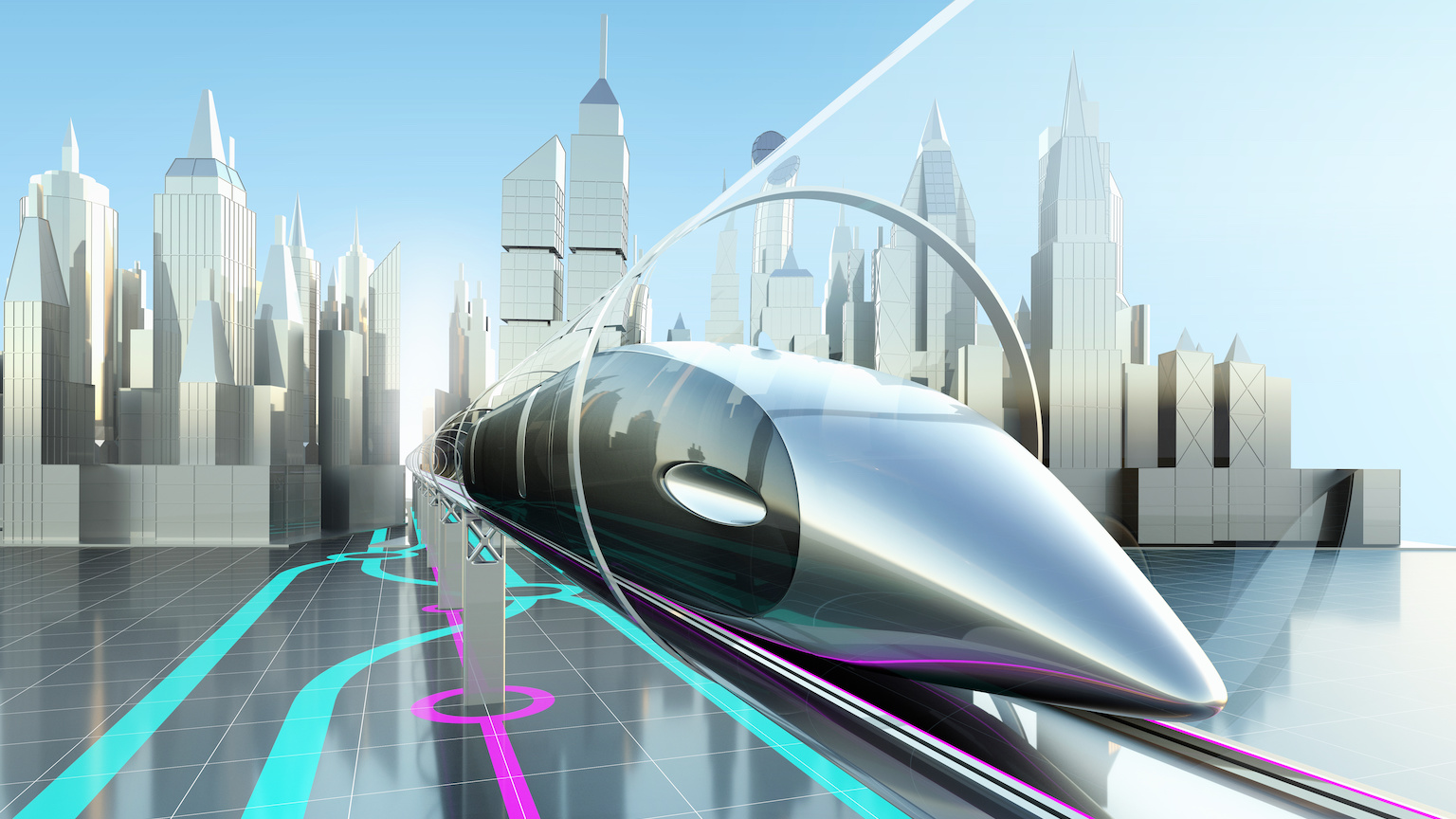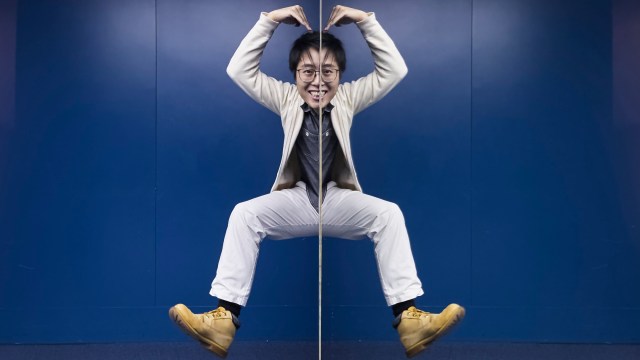How Elon Musk and successful builders treat the world like Lego blocks

- Every project leader should ask: What is our basic building block?
- The principles of modularity are benefitting multiple ventures from metro construction to SpaceX.
- Modularization does more than reduce costs — it radically reduces risk.
What is our basic building block, the thing we will repeatedly make, becoming smarter and better each time we do so? That’s the question every project leader should ask. What is the small thing we can assemble in large numbers into a big thing? Or a huge thing? What’s our Lego? Explore that question, and you may be surprised by what you discover.
Consider a giant hydroelectric dam, for example. It may seem obvious that there’s no alternative. Either you dam the river, or you don’t. There’s no role for modularity.
Except there is. You could divert some of the river’s flow, run it through small turbines to generate electricity, and return it to the river. This is called “small-scale hydroelectric.” An installation like that is relatively tiny, and it produces only a fraction of the power of a major dam. But treat it like Lego — repeat, repeat, repeat — and you will get substantial electricity production with less environmental damage, less citizen protest, less cost, and less risk. One of the world’s leaders in hydroelectricity, Norway, a country of just 5 million inhabitants, has an active policy to enhance small hydro development and has commissioned more than 350 small-scale hydroelectric projects since 2003, with more to come.
A giant factory, too, may seem to be one huge thing or nothing. But when Elon Musk announced that Tesla would build Gigafactory 1 (today known as Giga Nevada), the world’s largest factory by footprint, he envisioned it in modular terms. His Lego was a small factory. Build one, get it working. Build another beside it and integrate the two. Build a third, a fourth, and so on. By building Gigafactory 1 this way, Tesla started turning out batteries and earning revenue within a year of the announcement, even as work continued on the whole giant facility, which will consist of twenty-one “Lego blocks” when completed.
The key elements of modularity appear to be central to Elon Musk’s general approach to engineering, and he uses them in remarkably different ventures. Tesla would seem to have nothing to do with SpaceX, a Musk creation that is revolutionizing space transport and services. But the use of replicability to shoot up the learning curve, accelerate delivery, and improve performance is woven into the company’s planning and delivery model.
Space has long been dominated by big, complex one-off projects, and priced accordingly, with NASA’s James Webb Space Telescope — $8.8 billion, 450 percent over budget — just the latest example. But there are promising signs that the lessons of modularity are taking hold. To make satellites, a company called Planet (formerly Planet Labs, Inc.) uses commercial, off-the-shelf electronics, like those mass produced for cell phones and drones, made into 10 × 10 × 10 cm (4 × 4 × 4 inch) modules as cheaply and easily as possible. These are their Lego. They’re assembled into larger so-called CubeSat modules. Assemble three CubeSat modules and you have the electronics for one Planet Dove satellite.
In sharp contrast to the large, complex, expensive satellites that have long been the norm, each Dove satellite takes only a few months to build, weighs eleven pounds, and costs less than $1 million — peanuts by the standards of satellites and cheap enough that failure will result in learning, not bankruptcy. Planet has put hundreds of these satellites into orbit, where they form “flocks” that monitor the climate, farm conditions, disaster response, and urban planning. Despite privacy concerns that need addressing by policy makers, Dove satellites are a powerful illustration of the adaptability and scalability of modular systems, especially when contrasted with NASA’s bespoke approach.
Subways would seem to be an even harder case for modularization, but when Madrid Metro carried out one of the world’s largest subway expansions between 1995 and 2003, it leaned on modularity in two ways. First, the seventy-six stations required for the expansion were treated like Lego, with all sharing the same simple, clean, functional design. Costs plunged, and speed of delivery soared. To amplify those effects, Madrid Metro shunned new technologies. Only proven technologies — those with a high degree of “frozen experience” — were used.
Second, the Metro leadership made an important conceptual breakthrough by also treating lengths of tunnel as Lego. Initially, they calculated the optimal length of tunnel that one boring machine and its crew could deliver — typically three to six kilometers in two hundred to four hundred days. Then they divided the total length of tunnels they needed to bore by that amount and hired the number of teams and machines they needed to meet the schedule. At times, they had up to six machines working at once, which was unheard of at the time. Treating lengths of tunnel like Lego pushed the project further up the positive learning curve, cut the total time required, and saved buckets of money. In total, Madrid Metro produced 131 kilometers (81 miles) of rail and seventy-six stations in just two stages of four years each. That’s twice the speed of the industry average. And it did so at half the cost. We need more behavior like this in mega-project management.
The key elements of modularity appear to be central to Elon Musk’s general approach to engineering.
Then there is freight shipping. Since time immemorial, stevedores carefully loaded a ship by hand, one item at a time, so the cargo wouldn’t shift at sea, and when the ship got to its destination, the process was reversed. It was hard, dangerous, slow work. But in the 1950s, an American shipper named Malcolm McLean thought that maybe cargo should be put into identical steel boxes that could be stacked into ships and transferred directly to trains and trucks at the destination. It was a modest idea; McLean thought it would reduce costs somewhat.
But by turning cargo into Lego, it made shipping extremely modular and cost effective. The stacks on ships got taller. The ships got bigger. The transfer from one mode of transportation to another got quicker. The speed and ease of transporting goods soared, while costs plunged so steeply that the economics of production and distribution worldwide were changed. In The Box: How the Shipping Container Made the World Smaller and the World Economy Bigger, the definitive history of containerization, the economist Marc Levinson argued compellingly that the humble shipping container was nothing less than a major cause of globalization.
It’s no small accomplishment to drastically reduce costs and boost speeds. But modularization does more than that; it radically reduces risk — to such an extent that modularization may be the most effective way to “cut the tail.”





